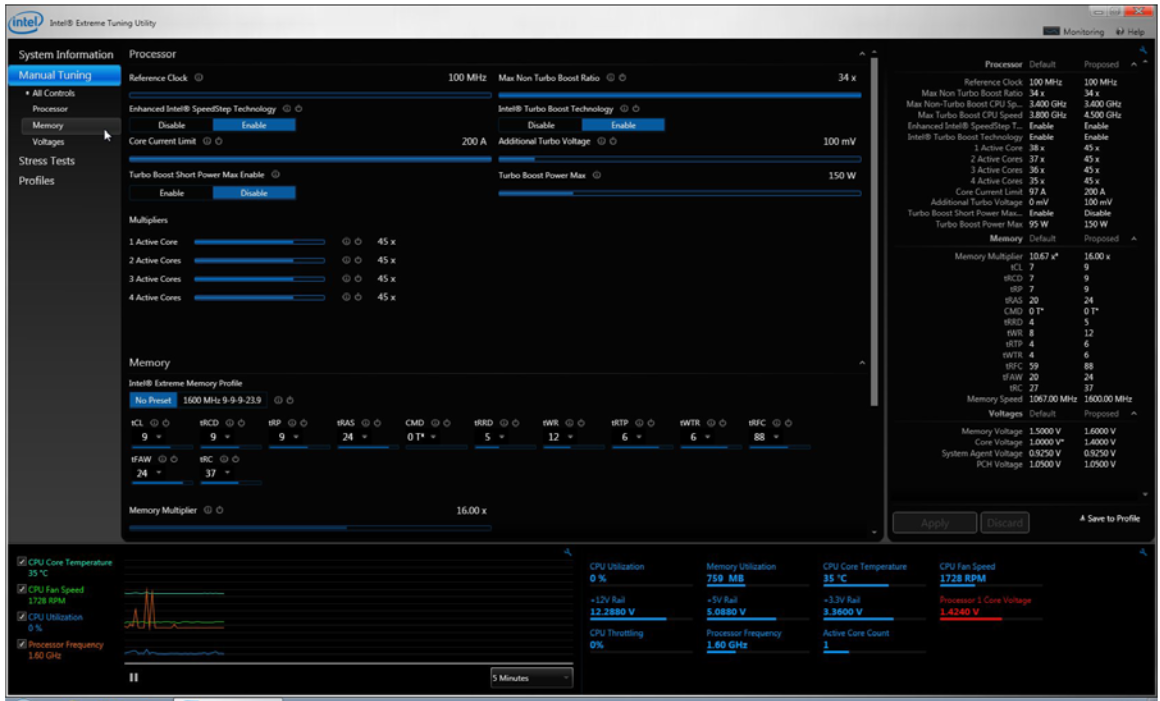

Fortunately, some of the settings available to us - like the core voltage - aren’t just used for overclocking, they can also be used to reduce the thermal load on our systems.


However, most of us own laptops that aren’t capable of overclocking, both because of the change Intel processors underwent when moving from a traditional FSB to a BCLK setup several years ago, and because our cooling systems aren’t able to handle that thermal output. Many enthusiasts prefer to handle this via BIOS, but Intel XTU provides options for modifying metrics such as core voltage, clock speed multiplier (on supported CPUs), and turbo boost power limits (if the manufacturer has enabled this option). Intel Extreme Tuning Utility (XTU) is a Windows-based program that Intel promotes as a way to overclock and performance-tune your system.


 0 kommentar(er)
0 kommentar(er)
